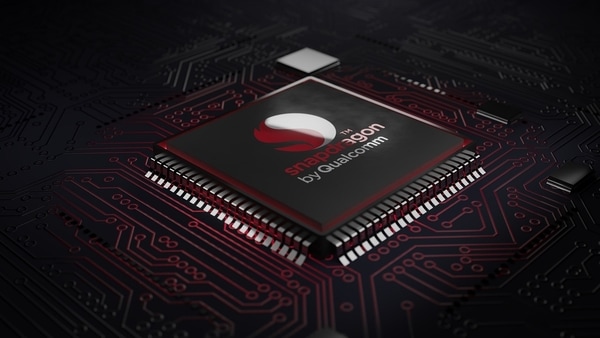
How biometric authentication boosts UPI security: Key benefits and challenges for digital payments
7 months ago | 76 Views
As online transactions become a staple of daily life, securing financial information remains critical. The Unified Payments Interface (UPI) has transformed money transfers with its efficiency and ease of use. However, this advancement necessitates strong security measures to safeguard users against threats and fraud.
What is Biometric Authentication?
Biometric authentication verifies an individual's identity using unique physical or behavioural characteristics. This can include fingerprints, iris patterns, facial features, voice, or even typing patterns. This method is more secure than standard passwords or PINs since it offers a customised and secure way of identity verification.
Need for Biometric Authentication in UPI Transactions
With the rise in UPI transactions, traditional security measures like passwords and PINs are increasingly inadequate. These methods are susceptible to hacking and phishing attacks, making them less reliable for protecting sensitive financial data. Biometric authentication introduces a layer of security that relies on unique biological traits, making unauthorised access more difficult and reducing fraud risks.
Benefits of Biometric Authentication in UPI Transactions
- Enhanced Security: Biometric data is unique to each person and harder to replicate than passwords. This makes it challenging for fraudsters to access UPI accounts without proper biometric verification.
- Convenience and Speed: Users no longer need to remember complex passwords or PINs. Biometric methods, such as fingerprint or facial recognition, provide a quick and straightforward way to authenticate.
- User-Friendly Interface: Biometric authentication simplifies the login process, reducing the cognitive load of managing multiple passwords. This is particularly beneficial for users who may not be technologically adept.
- Increased Trust and Confidence: The use of biometric data for transaction protection builds user trust by ensuring that transactions are secured with unique, personal attributes.
- Reduced Fraud and Identity Theft: Biometric data, tied to physical traits, is much harder to steal or replicate compared to passwords or PINs, thereby lowering the risk of fraud.
Challenges of Biometric Authentication in UPI Transactions
1. False Acceptance and Rejection Rates: Issues like poor image quality or environmental conditions can lead to errors where imposters are mistakenly verified or legitimate users are incorrectly denied.
2. Privacy and Security Concerns: The sensitivity of biometric data raises privacy issues, with potential risks of data breaches. Robust encryption is essential to protect biometric data during storage and transmission.
3. Accessibility and Inclusivity: Biometric systems might be challenging for individuals with disabilities. For instance, those with severe hand injuries may struggle with fingerprint scanners, while individuals with visual impairments may find facial recognition difficult.
4. Scalability and Interoperability: As UPI transactions expand, biometric systems need to scale efficiently and work across different platforms. Standardising biometric data formats can address these issues.
5. User Acceptance and Education: Effective implementation of biometric authentication requires user understanding and acceptance. It is critical to educate people about the technology's benefits and security in order to encourage widespread adoption.
In short, while biometric authentication offers substantial benefits for UPI transactions, addressing its challenges is essential for maximising its effectiveness and ensuring secure, accessible financial transactions.
#




















